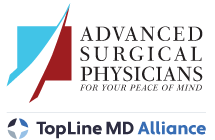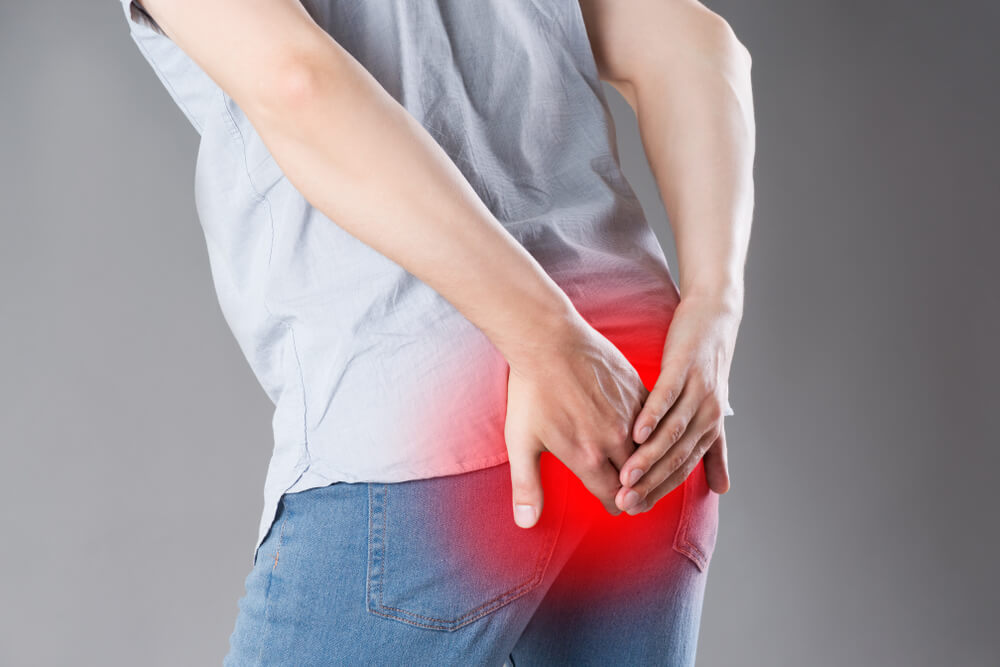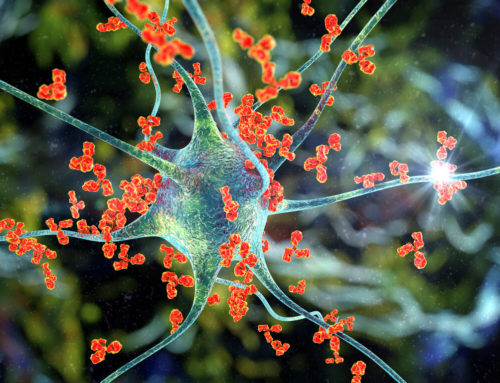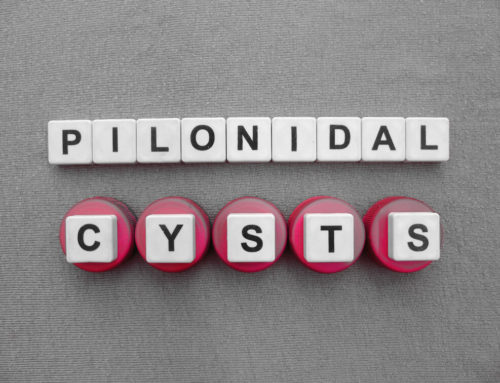Pilonidal disease is a skin condition in the crease between the buttocks. This skin infection manifests where one or more cysts occur, get inflamed, and become infected. The cysts look like a dimple on the skin that may contain hair and skin debris. The cysts are mostly located at the top of the natal cleft. Most people who suffer from pilonidal disease experience severe tailbone pain. This acute pain leads them to seek treatment for the condition. The cysts are, at times, infected and filled with pus.
Although the infection is common in men and women, it often affects younger people. People who sit for long periods, such as truck drivers, are predisposed to getting this type of cyst. The cysts can be treated, and the main treatments include pit picking, debridement, and pilonidal excision. If the cysts become problematic, contact a doctor to drain them or remove them through surgery.
Causes of Pilonidal Cyst
Usually, these cysts are a result of ingrown hairs. The term pilonidal refers to a nest of hair. Another theory suggests that these cysts appear as a result of trauma to the buttocks area. However, several factors can cause this type of cyst, including:
- Loose hair that is trapped in the skin: The presence of loose hair is more common in people with excess, coarse and stiff hair. When the loose hair pokes the skin, it irritates the area. Physical exercises such as walking and cycling can pull the hair further into the skin. It then forms a cyst, which can lead to an infection in the area.
- Friction and heat: Friction can be a result of exercise or wearing tight clothes. Friction and heat on the buttock area cause irritation and the stretching of hair follicles. It also causes the hair to sink deeper into the skin, combining with debris to form a cyst.
- Heavy sweating: Excessive sweating, especially around the buttocks, can also form cysts. Sweat blocks sinus tracts and pits, making them more prone to infection.
- Occupations requiring prolonged sitting: Sitting for long periods also causes a cyst. Being seated for a long time may force hair down into the skin. As a result, the body may sense the hair as a foreign substance and react by forming a cyst.
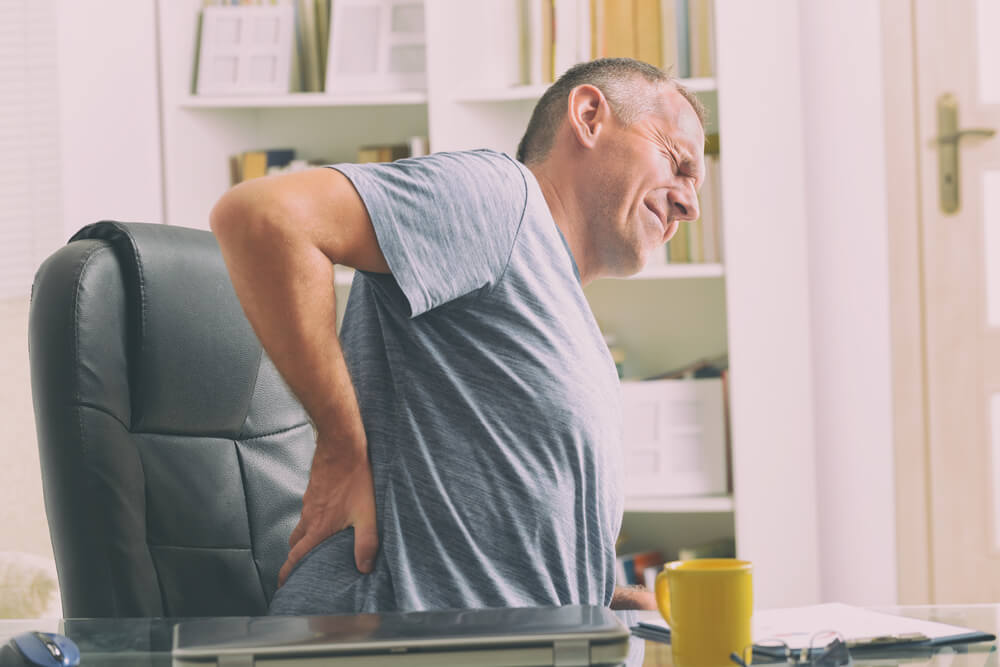
Pilonidal Cyst Symptoms
The symptoms of these cysts vary from mild to severe. They include:
- Experiencing pain when walking, exercising, or sitting
- Swelling and red lesions at the tailbone just above the gluteal cleft
- Infected area becoming tender to touch
- Pus oozing from the swelling region; often, the pus has a foul smell, causing embarrassment
- Fever, nausea, and weakness
Treatment for Pilonidal Cysts
The treatment for these cysts varies from one patient to another. It is primarily based on the pattern of the disease. Treatment may include drainage of abscesses, medication, or surgery. The draining of cysts is typical for acute infections whereas complex and recurring abscesses require surgery and medicine. At Advanced Surgical Physicians, these treatments are all custom-based to suit individuals.
The treatment can be done at its early stages to avoid severe infections. Draining cysts is one way of treating the early stages of pilonidal disease. This procedure rids the buttock region of pressure that causes pain.
An infected cyst develops into an abscess, which is a painful swelling that contains pus. Abscesses require more complex treatment procedures, such as surgery. For severe cases of the infection, antibiotics may also be administered by a physician. The complex cysts are a result of reinfection and growth of hair in the scar. Sweat and friction around the wound may also make the cyst more complicated to deal with.
How to Drain a Pilonidal Cyst
A pilonidal cyst remedy for mild infections is drainage of the abscess. Draining a cyst is a simple procedure with minimal invasion, and it can be done in a physician’s office. Here is what you can expect from the process:
- A physician numbs the area of infection with local anesthesia.
- The physician makes an incision into the cyst using a sharp blade. This cut allows pus, hair, and other debris to drain out. The draining of the cyst ultimately reduces inflammation and pain.
- After the pus is drained, follow-up care is highly recommended. This includes regular cleaning and shaving to keep debris and hair out of the wound. Proper healing is necessary to avoid the recurrence of the cyst.
How to Surgically Treat the Cyst
The remedy for severe infections is surgery. Surgical treatment may either be through un-roofing or excision of the cyst. Unroofing of the cyst entails opening the tracts and abscess by trimming skin edges. After trimming the skin, the sinus is cleaned and allowed to heal. Un-roofing helps the wound heal faster since only a small portion is exposed.
The excision of the cyst involves complete removal of the inflamed tissue. An excision takes longer to heal; however, it often presents better results. There have been several success stories with this procedure.
Pilonidal cysts removal in Palm Beach County is closer to you than ever. Its success proves the use of surgical means has a higher rate of non-recurrence. However, surgical and non-surgical procedures are administered depending on the severity of the infection.
After surgery, it is essential to thoroughly clean and dry the wound. Wounds may be closed or left open, depending on how you agree with your healthcare provider. Most times, though, the wound is left to heal from the inside out.
Closed wounds take more time to heal and require extra care to avoid a recurrence. For the open wound to heal well, it should be dressed correctly to remove secretions. Also, keeping the gauze in the wound will help separate skin edges to provide better healing.
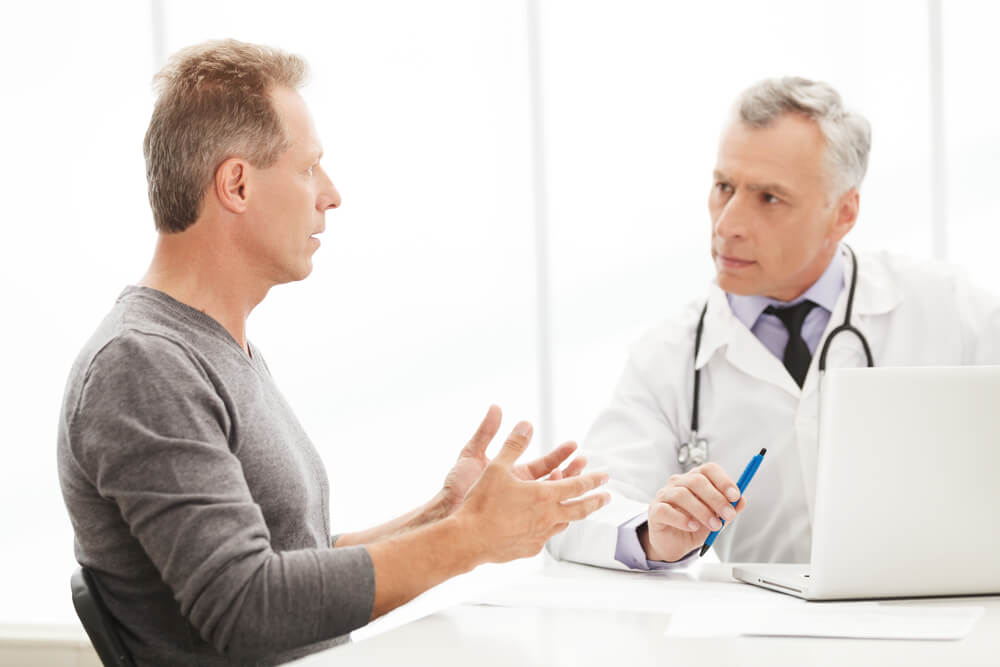
Medication
For severe infections, medication may be administered. Often, antibiotics are prescribed by a physician depending on the level of infection. It is essential to only take prescribed medicine for better results.
Pilonidal Cyst Home Remedies
Other than medical treatments, some remedies are easy to undertake when at home. It is necessary to note that these remedies only help minimize the condition but do not treat it.
The best cyst home remedy is to keep the cleft area well-shaved, clean, and dry. It drastically reduces the rate of infection of the cyst. The treatment also eliminates the chances of reinfection of a formally infected area.
Other remedies include avoiding prolonged sitting and excessive cycling. Losing weight may be necessary if recommended by your doctor. Soaking in warm water also helps lessen the pain.
Pilonidal Cysts Removal in Palm Beach County
To get medical help with cysts, reach out to Advanced Surgical Physicians. Our team has highly qualified professionals in surgical treatment. We believe every patient has a unique experience, and we’ll come up with a treatment that suits you. Our commitment is getting you back to your lifestyle as fast as possible. Call us today to book an appointment.

